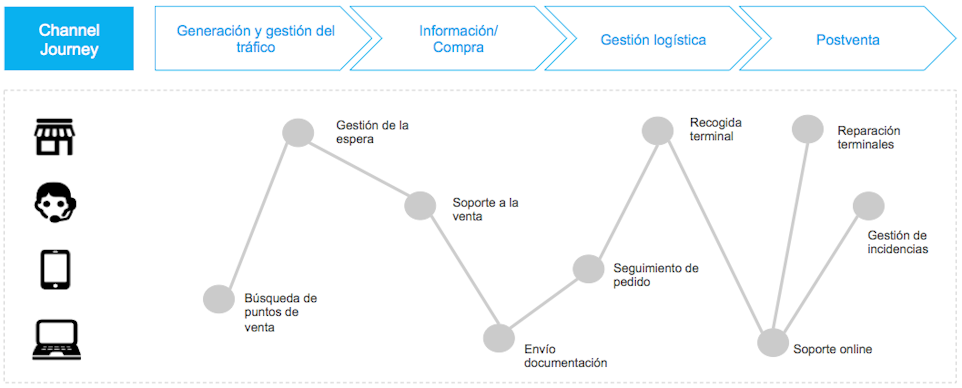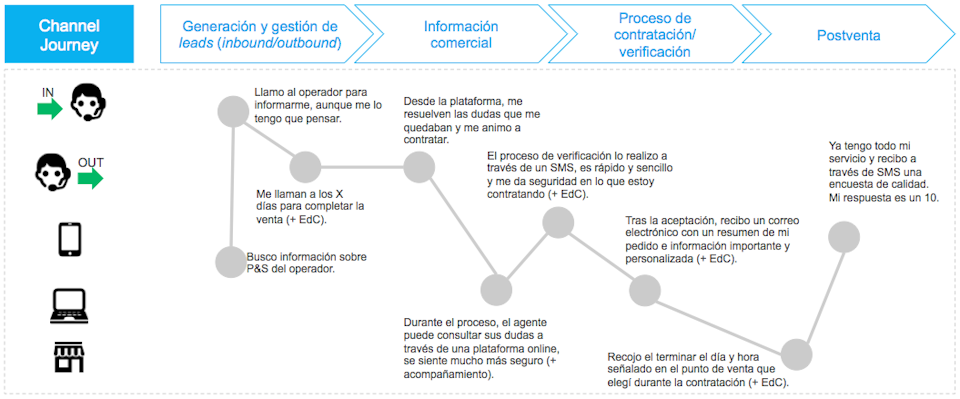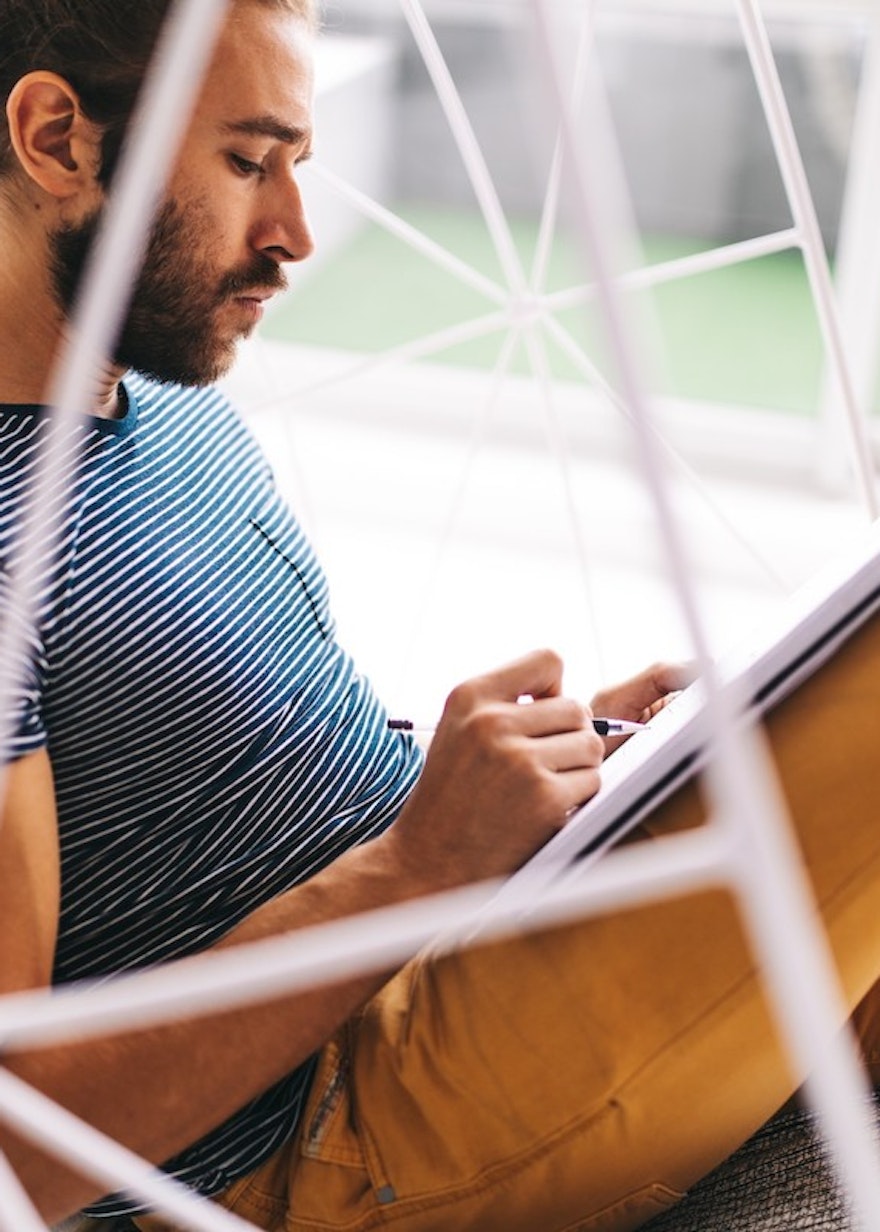Article
Telco digitalization: sales opportunities

Telecommunications providers create the fabric on which organizations digitize, but telcos are falling behind in their own digitalization
Customers no longer perceive telecommunications networks as an end but rather as a means to access services, content, and applications that add value and provide a positive experience.
However, the arrival of new players with high-penetration levels in homes, such as Google and Facebook, could ultimately relegate telecommunications providers to the basic role of “broadband vendors” if they are unable to offer something different.
The arrival of these and other players, which have beat out traditional entities, has changed all types of relationships, including interpersonal ones as well as interactions between companies and their customers:
Hyperconnectivity
Convenient access to all types of devices leads to hyperconnected customers who are able to quickly access information from anywhere.
Digitalization
New ways of contacting, hiring, and purchasing, increasingly concentrated in digital environments.
New communication methods
The increased penetration of social media and the opportunities offered are creating new communication models between users as well as in business-customer interactions.
Thanks to this trend, digital companies focused on providing products and services online have a Net Promoter Score (NPS) that is much higher than that of telecommunications providers. In other words, customers recommend these types of businesses more. This is the case of Skype, Netflix, and Amazon, among others, since their service models are focused on offering a global digital experience.
Paradoxically, telecommunications providers create the fabric on which organizations digitize, but telcos are falling behind in their own digitalization.
After thoroughly analyzing the case of telcos, the starting point of the customer experience is the purchasing process. We can see that the use of digital tools creates sales opportunities that improve the customer experience as well as the channel’s internal efficiency:
Improved customer experience
Omni-channel concept: Physical stores and phone sales have the highest purchasing volume and business volume, respectively. To avoid a loss of business activity resulting from this movement between channels and to meet consumer demand, it is important to properly identify and route generated contacts through the Channel Journey:
Example for the point of sale:

Example for a phone sales channel:

Personalization: The creation of valuable experiences is based on understanding consumers, thereby allowing a high degree of segmentation and personalization at any point of contact with the channel:
Big data & fast data: Data analysis helps discover habits in order to detect trends, correct issues or predict demand.
Intelligent social media monitoring: Provides information on users’ opinions of the services they receive.
The Internet of Things: Personalized information and deals.
Channel experience: This is one of the most influential elements of purchasing decisions. Offering a different experience in the channel increases the probability of success and lowers the risk of losing customers:
In-store pick-up: Implementation of multi-channel processes that allow customers to select the pick-up location of their terminal (this applies to new and existing customers).
Beacon technology (proximity marketing), virtual reality: This influences perceptions of the channel and of the service received.
Digital signage: Optimizing the purchasing process and updating content in real time.
Improved channel efficiency
Internal process management: Aimed at identifying synergies and new ways of doing things that will help improve daily sales operations and transactions by optimizing the use of existing tools. For example:
Lead management (inbound and outbound).
Using cloud computing and digital tools (digital signatures, collaborative solutions, etc.).
Shorter times for sales operations (preparing orders to be delivered in the store).
Commercial apps (dynamic training, evolution of objectives, etc.).
Collecting and analyzing all the information generated in any channel that has an impact on the business or the client for continuous improvement (big data).
Optimizing vendor management: Unifying and digitizing vendor management (processes, signing contracts, etc.) by aligning goals and including continuous feedback processes.
Frontline: Training plans that maximize the frontline, guarantee that more objectives are reached, and improve customer satisfaction. This also includes incentive and branding plans aimed at generating a feeling of belonging (digital gymkhanas between agencies, gamification, etc…).
In summary, what elements should we focus on in order to reach the proposed digitalization objective?
Omni-channel concept
Proactiveness in social media
Cost efficiency
Simplified management and reporting tools
Single objective allocation model
Connected areas
Simplified and transparent processes
Improved vendor relations
Telecommunications providers are currently immersed in a slow and costly change process focused on digitalization. The greatest handicap faced by these companies is their rigid internal structure (on a system level and on a company level), making it even more important to have a global strategy that includes all the areas in order to attain the desired level of digital excellence so as to continue competing efficiently.
